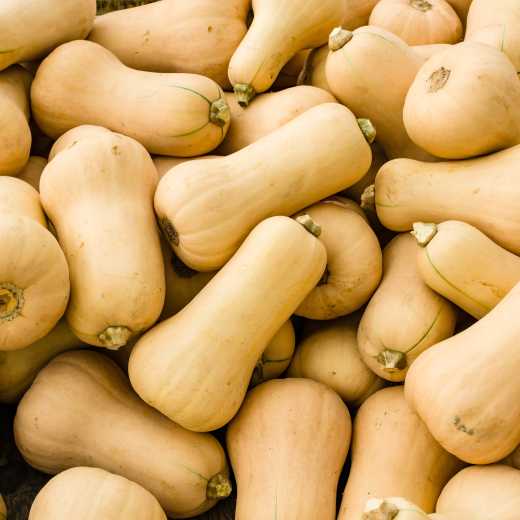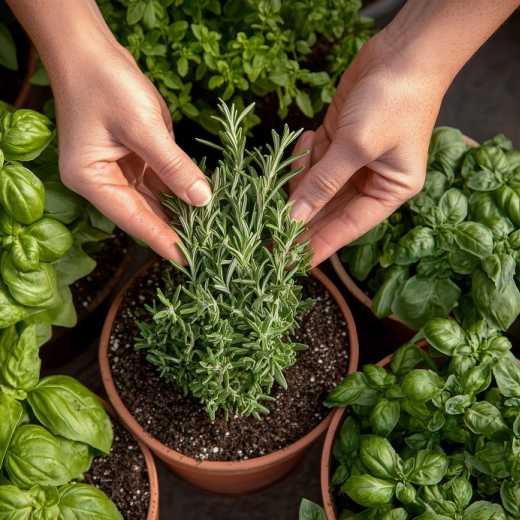Native Plants Attract Native Pollinators
The key to having butterflies, birds and pollinators is to have native plants. Native pollinators must have native plants in order to survive. We all know there are not as many butterflies, birds, and bees now as there used to be. The main reason is that natural areas are being removed and replaced with construction, golf courses and huge manicured lawns. More than ever, pesticides are being used to keep grassy areas insect free and looking perfect. You can help Mother Nature by turning your yard into a nature sanctuary and providing what pollinators need, even small simple changes can make a big difference.
If you plant to attract butterflies, you will also attract beneficial insects and birds
The way to turn your garden into a nature sanctuary is to provide the necessary resources for all the life stages of the inhabitants. They live a very short time and may spend their entire life cycle in your yard if you provide for their needs.
Provide Food for the Caterpillars
One of the most important considerations is to make sure that in addition to nectar-rich flowers for adult butterflies, you include caterpillar host plants to give female butterflies places to lay their eggs and provide food for their caterpillar babies. Do not forget the dill, parsley (Italian flat-leaf) and fennel for the caterpillars of Black Swallowtail Butterflies. It is unfortunate that many gardeners consider caterpillars as pests. Research has shown that butterfly caterpillars do not do enough damage to destroy their host plants because they are native plants that are tough and regenerate quickly.
Make Sure That You Have Many Native Plants in Your Landscape
Research has also shown that butterflies and their caterpillars will starve rather than eat alien or non-native plants. As much as we may love plants such as crepe myrtles, they are not a native plant. They support only one species of insect, whereas, a native oak tree supports more than 400 species. That does not mean you cannot have non-native plants; it just means you need to have native plants along with them.
Plant in Large Groups
Butterflies and pollinators are attracted to large numbers of plants instead of scattered plants so plant in masses. It will make a better show in your garden while attracting more butterflies.
Choose plants that flower a long time and plants that bloom at different times so there will be nectar from spring to fall. This fundamental landscape design element will make your yard more attractive. Do not forget the host plants for the caterpillars when you are planning your garden. Having dandelions, henbit and chickweed in your lawn early in the spring is a good thing because they provide nectar for early migrating butterflies and pollinators when nothing else is blooming yet.
Butterflies and Pollinators Need Sunny, Open Spaces
Select areas that are sheltered from strong wind and rain. A border of native trees and shrubs can provide host plants for butterfly caterpillars as well as places where butterflies can shelter from bad weather and predators. Place a few rocks among your flowers for butterflies to bask on. Their body temperature is dependent on the air temperature; rocks absorb and release heat that helps the butterflies warm up so they can fly.
Butterflies Need Water and Minerals
They cannot drink from open water, so a wet spot under a fountain, birdbath or dripping faucet in an open sandy area is a perfect place for them to gather and get the additional moisture and nutrients they need. You can also make a “puddling” station by sinking a plant saucer up to its rim and filling it with sand plus a few rocks on top for basking. Add a little rock salt to the sand for minerals, keep it moist and the butterflies will love it.
Lawns Waste Water, Time, and Money
Lawns are a major source of pesticide and herbicide contamination of our lakes and waterways, while providing nothing for wildlife. Converting more lawn to shrub and flower borders, with native plants, will attract butterflies and pollinators. You will be doing nature a favor and providing yourself with something enjoyable and beautiful.
If you want butterflies, pollinators and birds in your yard, do not spray insecticides. Do not even use the natural insecticides such as Bt (Bacillus thuringiensis) which kills all caterpillars, including butterfly caterpillars. Why pay for what nature will do for free by letting birds, lizards, spiders, wasps, ants and other insect predators do the work for you. Plant enough vegetables for nature, too. Rarely does an insect do enough damage to destroy plants in home vegetable gardens if you have healthy soil and healthy plants. Plant a few extra tomato plants and reserve one for tomato hornworms. Just move them to their own plant. Most of them will become a protein source for birds or be parasitized by beneficial wasps. Did you know that big, ugly tomato hornworm turns into the beautiful Sphinx Moth also known as Hummingbird Moth? It does look like a hummingbird, without the hum. It is so enjoyable to watch at dusk or early in the morning getting nectar from your Four O’ Clocks or Moonflowers.
Be Observant
Next time you see a few insects on your plants, give the birds and beneficial insects a chance to take care of them for you first. Make sure the insects you see are actually the bad guys. The good guys, which do not eat plants, take care of the bad guys for you. If you feel you must help, try natural controls such as spraying with a strong blast of water from the hose, hand picking, and using natural products such as insecticidal soaps.
If we destroy the caterpillars and insects, we will also destroy the birds and beneficial insects that depend on them. Since many plants depend on insects for pollination, it follows that when we destroy the insects - we also destroy the plants.
Make Your Yard A Butterfly Magnet with Native Plants
Do you hate those articles that tell you what is wrong but do not tell you how to fix it? Here is how to “fix” your yard to make it a butterfly and nature sanctuary that is beautiful to you and irresistible to native butterflies, pollinators and birds. No, you do not have to rip out the plantings you already have. You may be pleasantly surprised at the number of native plants already present. Next time you need to replace a plant lost to cold, drought or just to add to your landscape; choose a native plant. Native plants are not only beautiful and attract butterflies but they are much easier to grow than some exotic varieties. After all, they are native to the area so they are acclimatized to local growing conditions. Native plants use less water, grow in your native soil, need minimal fertilizer to grow or bloom, are low maintenance and are beautiful. An extra-added benefit to planting native plants that attract butterflies is that many of them also attract hummingbirds. If you are adding new plants this spring, and what gardener does not, do not just pick up those same old six-packs of bedding annuals from the nursery. Those already in full-bloom may have been treated with a growth retardant to make them look good in the nursery but may keep them from doing their best in your yard. If you are tired of mowing in August and watering your lawn just to keep it alive, replace some of it by enlarging or adding beds and borders with native plants.
Top Butterfly Attracting Plants
In my zone, they are Butterfly Weed (not a weed at all, but a beautiful flower), New England Aster and Purple Coneflower. It is easy to check with your local extension office, state agricultural college and native plant societies for recommended native plants for your area. Other butterfly magnets that grow across many climate zones are Anise Hyssop, Autumn Sage, Barbara’s Buttons, Black-eyed Susans, Blue False Indigo, Gaillardia, Gaura, Goldenrod (no, they don’t cause hay fever-that’s the Ragweed growing near it), Hollyhock, Joe Pye Weed, Liatris, Maximillian’s Sunflower, Monarda, Oregano, Passion Flower Vine (host plant for Gulf Fritillaries), Penstemons, Pentas, Salvias, Sedums and Zinnias. Do not forget to plant Milkweed, the only plant Monarchs lay their eggs on and the only plant their caterpillars will eat.
A Few Native Trees and Shrubs
These trees and shrubs also benefit our pollinators: Beautyberry, Chokeberry, Deciduous Hollies, Junipers, Mahonia, Oak leaf Hydrangeas, Yews, Bald Cypress, Kentucky Coffee Tree, Oaks, Redbuds and Red Maples.

 Member Login
Member Login






